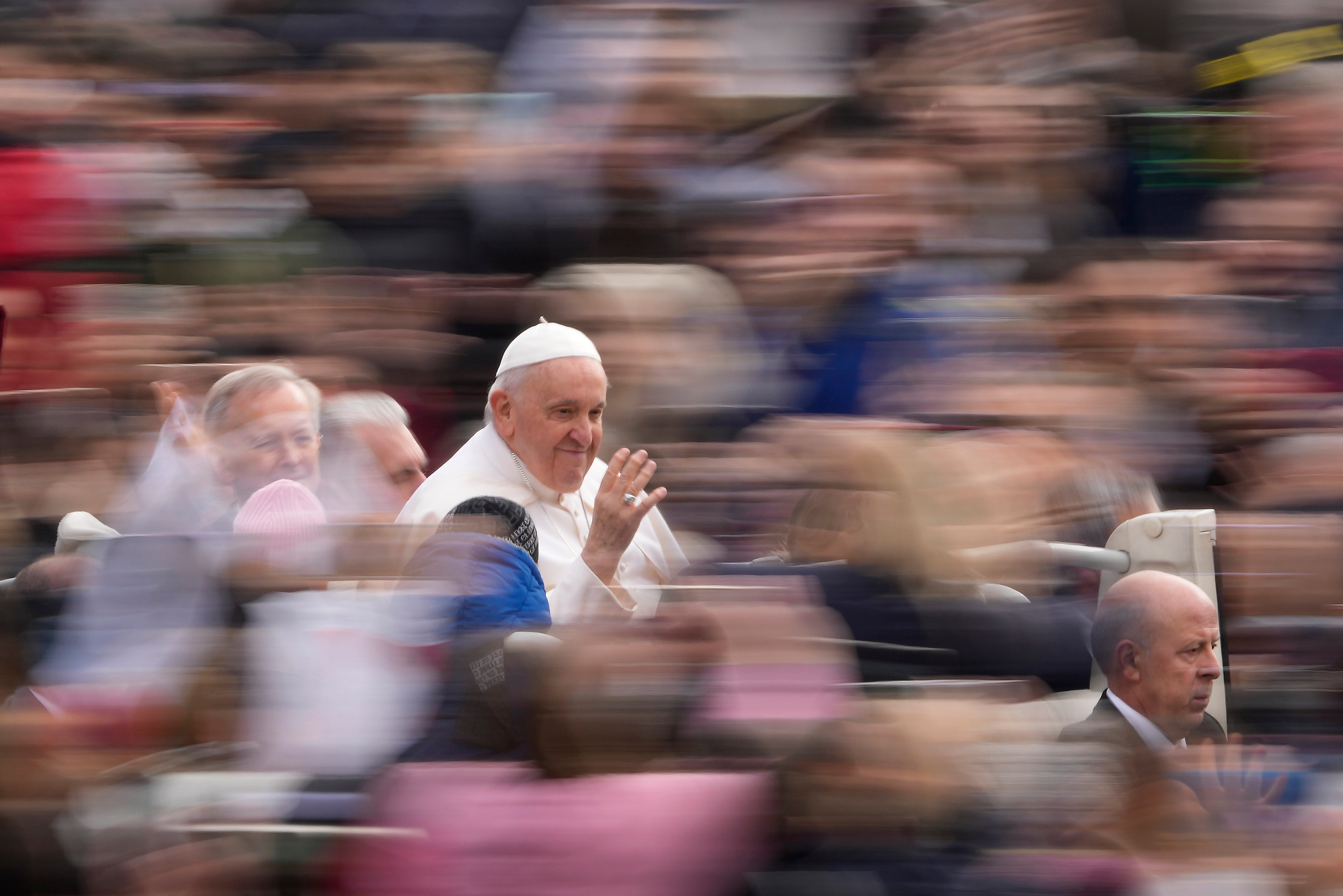Pope Francis' trip to Mongolia in September will be closely watched by Russia and China
Pope Francis travels to the periphery of Roman Catholicism this summer when he becomes the first pontiff to visit Mongolia

Pope Francis travels to the periphery of Roman Catholicism later this summer when he becomes the first pontiff to visit Mongolia, a Central Asian nation squeezed between Russia and China with just 1,500 Catholics.
The visit is steeped in geopolitical significance as it will be closely watched by both Russia, which controlled Mongolia during the Soviet era, and China, which is seeking to exert its influence through the Belt and Road initiative.
No pope has visited either of those nations, and the pope is likely to choose to fly over China on his way, rather than Russia, which is waging war in Ukraine. Following papal custom, Francis can be expected to send a brief telegram to Chinese authorities in recognition, from which a word or two of meaning could be parsed, said Giorgio Bernadelli, editorial coordinator of the missionary news organization Asia News.
Francis has been trying to toe a diplomatic line with both countries, sending an envoy to Russia in a bid for a peace deal over Ukraine while seeking to keep relations on an even keel with China, which violated a 2018 accord over bishop nominations.
The Sept. 1-4 schedule released on Thursday is light by papal standards, and includes a full day of rest upon arrival, which appears to be a concession to the 86-year-old pope’s recent health issues. Most recently, he was hospitalized to repair a hernia.
Francis will be welcomed on Sept. 2 in a ceremony in Mongolia's capital, Ulaanbaatar, in a ceremony in the central Sukhbaatar Square, near an imposing statue of the infamous Mongol 13th-century Emperor Ghengis Khan — a symbol of the Mongolia’s former glory.
Later that day, the pope will meet with Mongolia’s president, and other top officials, giving the first two of four papal addresses planned for the visit, one to a gathering of authorities, civil society and diplomats, and the other to a group of bishops, priests, missionaries and pastoral workers.
Mongolia has just 1,500 Catholics, and 77 missionaries and just one bishop, Bernadelli noted, so it is likely that bishops and priests will attend from elsewhere in the recently-created Central Asian bishops conference, which also includes Kazakhstan, Kyrgyzstan and Uzbekistan.
The pope will say Mass on Sunday at the Steppe Arena in his major public appearance, after giving an address to an ecumenical and interreligious meeting earlier in the day. On the last day, he will inaugurate the charity “House of Mercy,” giving his final address before leaving.
The opening of a Catholic charity is a significant move, Bernadelli said, signaling the church’s path forward in the nation that was officially atheist under the Soviets and where the largest religion is Buddhist.
“It will be important for the Catholic community, which is very small and spread out, to be united around the pope,’’ he said.
Mongolia has strived to maintain its political and economic independence from both its Soviet-era patron Moscow — which supplies virtually all of its energy needs — and rising regional power China, which buys more than 90% of its mining exports, mainly coal and copper.
Bookmark popover
Removed from bookmarks